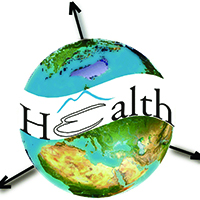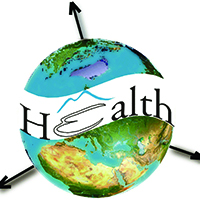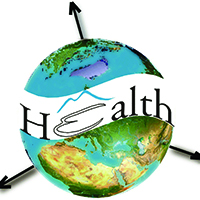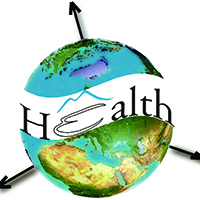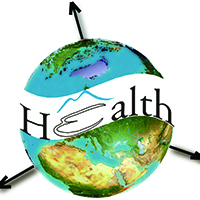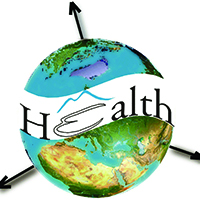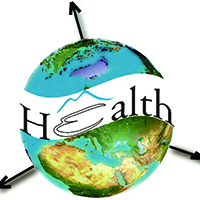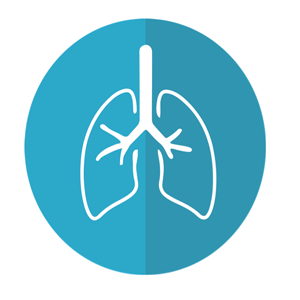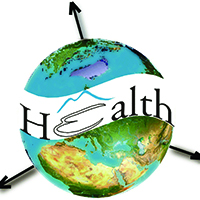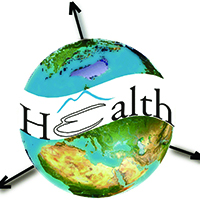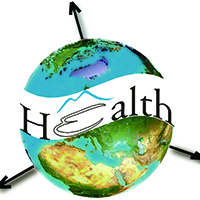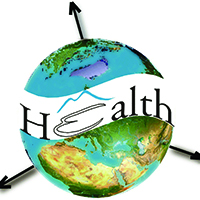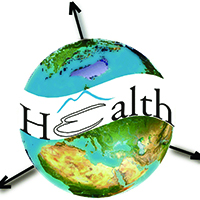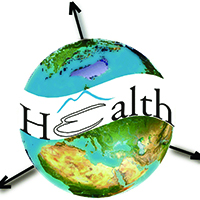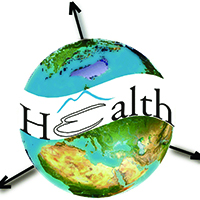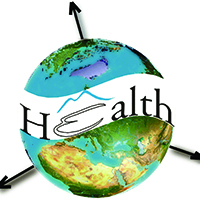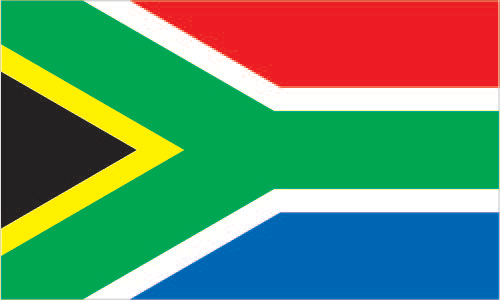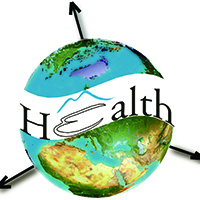FOR AUTHORS
Search
Search Results
##search.searchResults.foundPlural##
-
A dynamic, climate-driven model of Rift Valley fever
4408PDF: 1781Appendix: 522HTML: 1581 -
A spatio-temporal study of state-wide case-fatality risks during the first wave of the COVID-19 pandemic in Mexico
1396PDF: 400Appendix: 211HTML: 30 -
A post-pandemic analysis of air pollution over small-sized urban areas in southern Thailand following the COVID-19 lockdown
670PDF: 245Supplementary Materials: 60HTML: 38 -
The effects of population mobility on Chinese HIV epidemics in spill-over and influx risks perspectives: a spatial epidemiology analysis
430PDF: 97Supplementary materials: 30HTML: 7 -
Flexible scan statistic with a restricted likelihood ratio for optimized COVID-19 surveillance
708PDF: 212Supplementary Materials: 105HTML: 22 -
To what extent does climate explain variations in reported malaria cases in early 20th century Uganda?
4000PDF: 1217Appendix: 511HTML: 1213 -
Reducing bias in risk indices for COVID-19
2821PDF: 402Appendix: 383HTML: 32 -
Spatial pattern evolution of Aedes aegypti breeding sites in an Argentinean city without a dengue vector control programme
3777PDF: 1449APPENDIX: 511HTML: 1535 -
First year with COVID-19: Assessment and prospects
2821PDF: 708HTML: 5 -
Assessing spatial patterns of HIV prevalence and interventions in semi-urban settings in South Africa. Implications for spatially targeted interventions
2017PDF: 508Supplementary 1: 111Supplementary 2: 273HTML: 149 -
Promoting sustainable health equity: accessibility analysis and optimization of tertiary hospital networks in China’s metropolitan areas
194PDF: 144Supplementary materials: 24HTML: 3 -
Climate impact on malaria in northern Burkina Faso
2581PDF: 848HTML: 726 -
Spatial-temporal risk factors in the occurrence of rabies in Mexico
4079PDF: 1195HTML: 918 -
Impact of climate change on dengue fever: a bibliometric analysis
2421PDF: 738Supplementary Materials: 336HTML: 96
1 - 69 of 69 items





